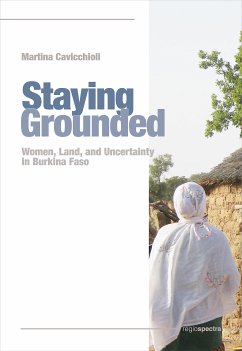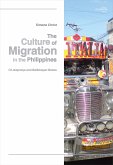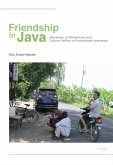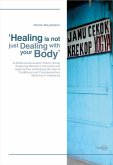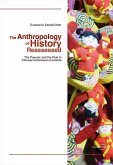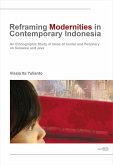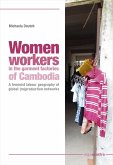Since the late 1990s, securing women's access to land has become prominent in development agendas. However, the lack of a conceptual framing of women's individual farming has often led to misconceptions around how women understand agriculture and the role of land in their livelihoods. Building on the ethnographic case of fields called beolse that are allocated for individual use in Moore-speaking areas of Burkina Faso, this book presents the perspectives of ten women with different socioeconomic backgrounds and investigates how they conceive of land within their livelihood strategies and horizons of expectations. A double-edged sword, land is a pillar in women's activity portfolios and an asset severely put to the test by both environmental shifts and the indefinite duration of its use rights, making its value contingent on women's life circumstances. While considering beolse as 'cornerstones' in times of uncertainty, women tend to regard individual farming as equal to other income-earning options during moments of social and economic stability. Those shifting evaluations overlap with the social expectation that every married woman should farm an individual field, making beolse tokens of moral integrity. Challenging the widespread depiction of women in Africa as unconditionally committed to farming, this book provides a new perspective on women's diverse motivations for agriculture and suggests pursuing interventions that address land access and use as components of women's livelihoods.
Dieser Download kann aus rechtlichen Gründen nur mit Rechnungsadresse in A, B, BG, CY, CZ, D, DK, EW, E, FIN, F, GR, HR, H, IRL, I, LT, L, LR, M, NL, PL, P, R, S, SLO, SK ausgeliefert werden.

